Relative risk The study of common outcomes is becoming more frequent in medicine and public health Studies of symptoms, health behaviors, health care utilization, and even rare diseases in highrisk populations all have the potential to occur frequently (>10 percent) in a study population This fact becomes an important consideration in deciding onIt is the standard way of risk assessment in cohort studies The Odds ratio (OR) is a proxy estimate of the relative risk Or is applied in casecontrol studies Cite 5 Recommendations AllWhy are the relative risk and odds ratio approximately equal?

Using Odds Ratio In Case Control Studies Youtube
Odds ratio vs relative risk cohort
Odds ratio vs relative risk cohort-This is why the first study yielded odds ratios and not relative risk Once they got the results and found smoking to have the strongest association, they reversed the roles and did a cohort study looking at smokers and nonsmokers (now the independent variable) and compared their lung cancer status (now the dependent variable), yielding relative risk ratiosMay be summarized in Table1and the odds ratio and relative risk are the important measures in cohort studies In a casecontrol study, the odds ratio is often used as a surrogate for the relative risk The odds ratio is the ratio of the odds of outcome occurring in the treatment
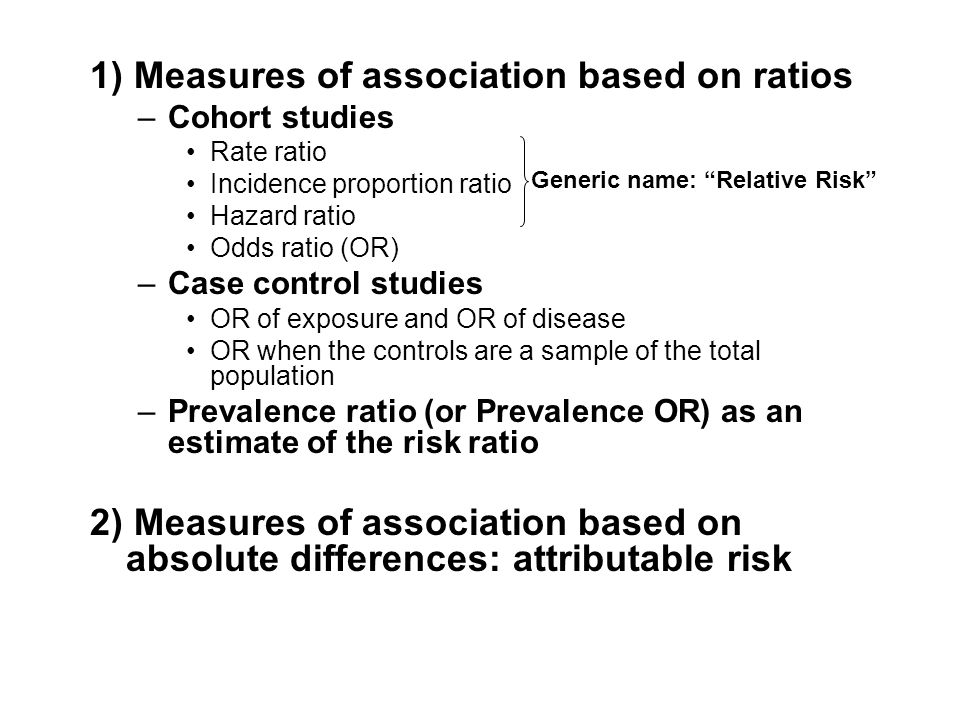



Measures Of Association Ppt Download
Risk is often a more intuitive concept than odds, and thus understanding relative risks is often preferred to understanding relative odds However, OR does not suffer from the same causal assumption limitations as RR, making it more widely applicableResearch Relative Risk and Odds Ratios The relative risk and odds ratio are frequently confused for one another, but why?Odds ratios RRs risk ratios BMI body mass index RD risk difference TABLE 1 Comparison of three methods for estimating relative risk in a cohort study of a common outcome Quantity used to estimate relative risk a Estimate 95% confidence interval Odds ratio 212 (1, 239) Converted risk ratio (using ZhangYu method b) 164 (153, 175)
Relative risk refers to a ratio between members of the population expressing the trait of interest (eg cancer), with distinction made between whether or not those members had previously been exposed to a related risk Odds Ratio (OR) Odds ratios refer to a ratio between members within a population expressing a The basic difference is that the odds ratio is a ratio of two odds (yep, it's that obvious) whereas the relative risk is a ratio of two probabilities (The relative risk is also called the risk ratio) Let's look at an example Relative Risk/Risk Ratio Suppose you have a school that wants to test out a new tutoring program At the start of the school year they impose the new Subsequently, the term relative risk commonly refers to either the risk ratio or the odds ratio However, only under certain conditions does the odds ratio approximate the risk ratio Figure 1 shows that when the incidence of an outcome of interest in the study population is low (Dec 30, 16 INTRODUCTION Odds ratio (OR) and risk ratio (RR) are two commonly used
If the odds ratio is interpreted as a relative risk it will always overstate any effect size the odds ratio is smaller than the relative risk for odds ratios of less than one, and bigger than the relative risk for odds ratios of greater than oneOdds ratios are intended for use in casecontrol studies in which they are an appropriate measure for estimating the relative risk;However, this measure is also often presented in cohort studies and in randomized clinical trials When used for cohort studies and randomized clinical trials, the odds ratio is often incorrectly interpreted as the risk ratio;



Arxiv Org Pdf 1510



Escholarship Umassmed Edu Cgi Viewcontent Cgi Article 1013 Context Liberia Peer
Both the relative risk and odds ratio are relevant in retrospective cohort studies, but only the odds ratio can be used in casecontrol studies Although most casecontrol studies are retrospective, they can also be prospective when the researcher still enrolls participants based on the occurrence of a disease as new cases occur See alsoThe prior chapter use risk ratios from cohort studies to quantify exposure–disease relationships This chapter uses odds ratios from casecontrol studies for the same purpose We will discuss the sampling theory behind casecontrol studies in lecture For details, see pp 8– 212 in my text Epidemiology Kept Simple The general idea is to select all cases in the population and a simpleBinary outcomes in cohort studies are commonly analyzed by applying a logistic regression model to the data to obtain odds ratios for comparing groups with different sets of characteristics Although this is often appropriate, there may be situations in which it is more desirable to estimate a relative risk or risk ratio (RR) instead of an odds ratio (OR) Several articles in recent medical




Relative Risk Versus Odds Ratio Usmle Biostatistics 4 Youtube
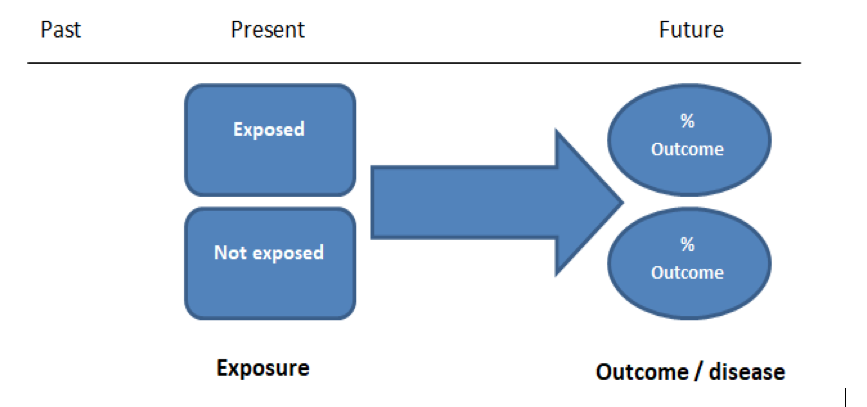



Case Control And Cohort Studies A Brief Overview Students 4 Best Evidence
In epidemiological terms, the odds ratio is used as a point estimate of the relative risk in retrospective studies Odds ratio is the key statistic for most casecontrol studies In prospective studies, Attributable risk or risk difference is used to quantify risk in the exposed group that is attributable to the exposure In retrospective studies, attributable risk can not be calculatedIt is probably because both the relative risk and the odds ratio measure association between a binary outcome variable (disease presence or absence) and a binary predictor variable (risk factor presence or absence) Rate ratios are closely related to risk ratios, but they are computed as the ratio of the incidence rate in an exposed group divided by the incidence rate in an unexposed (or less exposed) comparison group Consider an example from The Nurses' Health Study This prospective cohort study was used to investigate the effects of hormone replacement therapy (HRT) on coronary



Silo Tips Download Transcript Measuring Risk In Epidemiology B D A C Measuring Risk In Epidemiology



Q Tbn And9gctxz8owky Sul84xtk4ggzacxwhkmhguhlxwyjj9avufagdrhwm Usqp Cau
It is assumed that, if the prevalence of the disease is low, then the odds ratio approaches the relative risk Case control studies are relatively inexpensive and less timeconsuming than cohort studies In this case the odds ratio (OR) is equal to 16 and the relative risk (RR) is equal to 865 Odds ratio vs relative risk Odds ratios and relative risks are interpreted in much the same way and if and are much less than and then the odds ratio will be almost the same as the relative risk In some sense the relative risk is a more intuitive measure of effect sizeERRATA At about the 300 mark the slide says "10,00" when it is really supposed to say "10,000" I added a pop up box to fix it Thanks to Mehdi Hedjazi for



Q Tbn And9gcryvczzduvsmny9vwxy9g Twzvim6 Eyksppo1soy5c0lg1zri Usqp Cau




Relative Risks And Odds Ratios What S The Difference Mdedge Family Medicine
Odds ratios (OR) are commonly reported in the medical literature as the measure of association between exposure and outcome However, it is relative risk that people more intuitively understand as a measure of association Relative risk can be directly determined in a cohort study by calculating a risk ratio (RR) In casecontrol studies, and in cohort studies in which the outcome Relative risk vs Odds ratio Similarities They will always agree on the direction of comparison In our example above, both will agree that wine consumers have less heart disease than nonconsumers;This implausible scenario is shown in Table 5, where collapsed counts for low (or high) risk subjects only produce a 2 × 2 table with an odds ratios of 400Odds ratios (OR) are4 comments share save hide report 84%




Believability Of Relative Risks And Odds Ratios In Abstracts Cross Sectional Study The Bmj



Support Sas Com Resources Papers Proceedings11 345 11 Pdf
The odds ratio then provides an Relative risks and odds ratios are widely reported in the medical literature, but can be very difficult to understand We sought to further clarify these important indices Methods We illustrated both relative risks and odds ratios using bar charts, then looked at the types of study for which each statistic is suited We demonstrated calculation of relative risks and odds ratiosOdds ratio vs relative risk Odds ratio vs relative risk cohort Youll Need To Know Prevalence Rate Odds Ratio Chegg Com Odds ratio vs relative risk cohort Odds ratio vs relative risk cohortCase Control Study Odds Ratio Relative Risk Best Custom Academic Essay Writing Help Writing Services Uk Online Homeworknowcomlink Web Fc2 Com




How To Be Awesome At Biostatistics And Literature Evaluation Part Ii Tl Dr Pharmacy
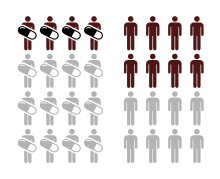



Relative Risk Wikipedia
Converting Odds Ratio to Relative Risk in Cohort Studies with Partial Data Information Zhu Wang UT Health San Antonio Abstract In medical and epidemiological studies, the odds ratio is a commonly applied measure to approximate the relative risk or risk ratio in cohort studies It is well known such an approximation is poor and can generate misleading conclusions, if the incidenceThe difference between odds and probability is important because Relative Risk is calculated with probability and Odds Ratio is calculated with odds Relative Risk (RR) is a ratio of probabilities or put another way it is one probability divided by another Odds Ratio (OR) is a ratio or proportion of odds I just remember that odds ratio is a ratio of odds and probability isn't a ratio of odds (AKA it is the other option) Relative Risk = Probability / Probability Odds Ratio = Odds / Odds The risk ratio (RR), also called the relative risk, is the ratio of the probability of cancer in smokers to the probability of cancer in nonsmokers RR = (a/(ab))/(c/(cd)) = (a(cd))/(c(ab)) Given that you know a, b, c, and d, you can compute either of these metrics Yet odds ratio is strongly preferred as the "right" metric to report in almost all scenarios That




Measures Of Effect Relative Risks Odds Ratios Risk Difference And Number Needed To Treat Kidney International




Comparison Of Three Methods For Estimating Relative Risk In A Cohort Download Table
The difference between the two is shown in Figure 1, where the risk (a probability) is 0, and the odds are 14, or 025 If the definition of outcome was inverted, the probability would be 08, and the odds would be 41, or 4 The odds of an outcome can have a value that may range from considerably less than 1 to considerably greater than 1 The risk of an outcome, as aAs I thought you used relative risk for cohort and odds ratio for casecontrol studies?RELATIVE RISK AND ODDS RATIO The relative risk (also known as risk ratio RR) is the ratio of risk of an event in one group (eg, exposed group) versus the risk of the event in the other group (eg, nonexposed group) The odds ratio (OR) is the ratio of odds of an event in one group versus the odds of the event in the other group An RR (or OR) of 10 indicates that there is no



Escholarship Umassmed Edu Cgi Viewcontent Cgi Article 1013 Context Liberia Peer



Research Statistics Basics Contents 1 Basic Concepts 2 References Basic Concepts Null Hypothesis The Hypothesis That The Independent Variable Has No Effect On The Dependent Variable For Example Steroids Do Not Improve Outcomes In Ards Would Be
If we go a step further, we can calculate the ratio between the two risks, called relative risk or risk ratio (RR), which indicates how much more likely is the occurrence of the event in one group compared with the other group Meanwhile, the odds represents a quite different concept The odds indicates how much more likely is an event to occurPressed as the risk ratio in cohort studiesandclinicaltrialsWhentheriskratio cannot be obtained directly (such as in a casecontrolstudy),theoddsratioiscalculated and often interpreted as if it were the risk ratio Subsequently, the term relative risk commonly refers to either the risk ratio or the odds ratio However, only under certain Therefore Relative Risk = the ratio (A/AC)/ (B/BD) To understand Odds Ratio now, lets go through another but similar example A group of 60 individuals with cancer are being evaluated to see they were exposed to a particular toxin X




Odds Ratio Relative Risk Calculation Definition Probability Odds Youtube




Cohort And Case Con Revised
Relative Risk and Odds Ratio A Data Mining Perspective (Corrected Version) Haiquan Li, Jinyan Li, & Limsoon Wong ∗ Institute for Infocomm Research 21 Heng Mui Keng Terrace, Singapore {haiquan, jinyan, limsoon}@i2rastaredusg Mengling Feng & YapPeng Tan Nanyang Technological University Block S1, 50 Nanyang Ave, Singapore {feng0010,Odds ratio vs relative risk?The Relative Risk (RR) is used to compare the probability of an event between two different groups It is simply the ratio of the probability of the event occurring in two, mutually exclusive groups RR = π1 / π2 A RR of 1 means there is no difference in risk between the two groups
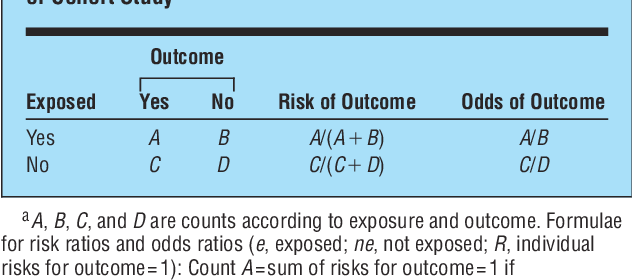



Table 1 From The Relative Merits Of Risk Ratios And Odds Ratios Semantic Scholar




Beabletocalculate Direct Age Adjustment Chegg Com
The relative risk (RR) and the odds ratio (OR) are the two most widely used measures of association in epidemiology The direct computation of relative risks isThe relative risk and the odds ratio are measures of association between exposure status and disease outcome in a population In our cohort study, 80 participants happen to be steroid users, while 240 participants are nonsteroid users The 2×2 table with the exposure status and disease status can be seen below Example 1 Amongst the steroid users, 5 out of 80 people suffered aI understand that odds ratio is calculated in case control studies, while relative risk is calculated in cohort studies Calculating incidences and risks in case control studies doesn't make sense because we ourselves are choosing the ratio of cases and controls which is never how it happens in nature But it is usually taught that, odds ratio gives an estimate of this Why is this so




Chapter 6 Choosing Effect Measures And Computing Estimates Of Effect Cochrane Training
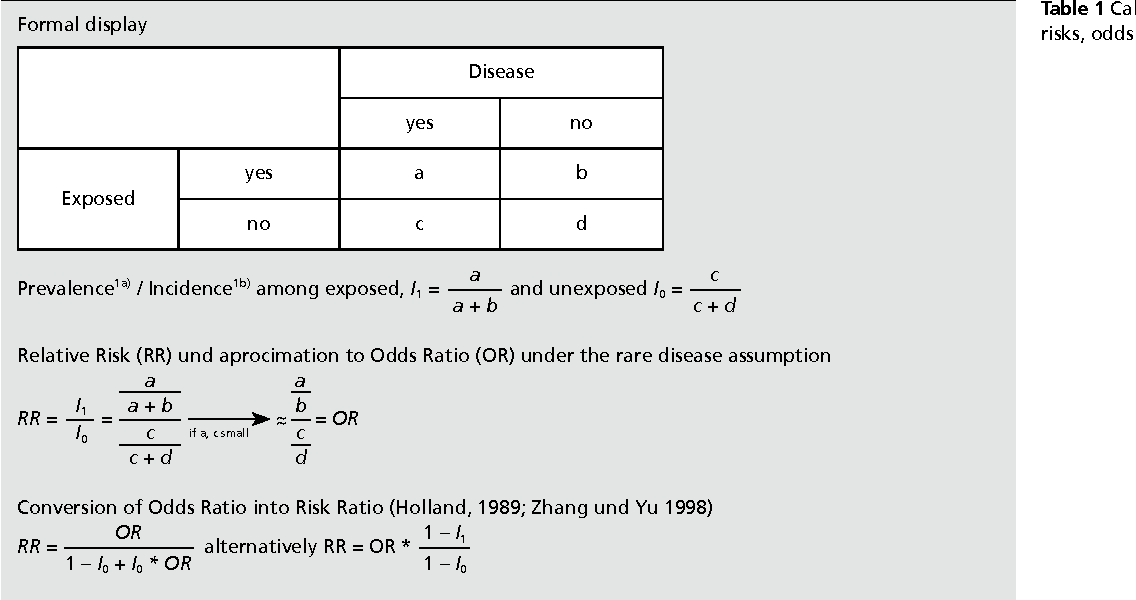



Pdf When To Use The Odds Ratio Or The Relative Risk Semantic Scholar
Relative risk is actually the ratio between incidence of outcome/disease among exposed people and that among unexposed people It is usually used in a cohort study where there is a definite population under study and we can calculate incidence rates Hence it is a direct and accurate value compared to odds ratio Here also one can create a 2*2 table In a recent article, Davies et al (1) commented on a potential problem when interpreting odds ratios (OR) as relative risks (RR) in epidemiological studies However, their vague concept of effect measures as applied to different study designs in epidemiology may lead to misuse and false interpretation of OR Davies et al (1) state that the odds ratio is a common Subsequently, the term relative risk commonly refers to either the risk ratio or the odds ratio However, only under certain conditions does the odds ratio approximate the risk ratio Figure 1 shows that when the incidence of an outcome of interest in the study population is low (




Using Odds Ratio In Case Control Studies Youtube
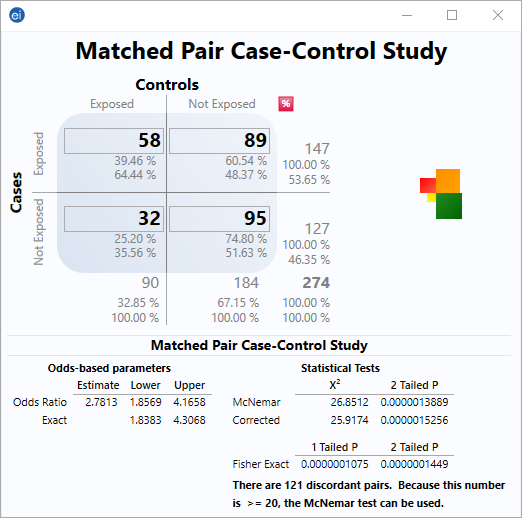



Matched Pair Case Control Statcalc User Guide Support Epi Info Cdc
Relatives Risiko (RR) Das relative Risiko ist, wie das Odds Ratio (OR), ein Maß für den Zusammenhang zwischen Therapien und einem Zielergebnis Das relative Risiko RR der Therapie A zu Therapie B ist definiert als Quotient der Wahrscheinlichkeiten P für das Eintreffen des Zielergebnisses unter beiden Therapien Im Beispiel gehen wir von folgenden Daten aus Odds ratio (OR) and risk ratio (RR) are two commonly used measures of association reported in research studies In crosssectional studies, the odds ratio is also referred to as the prevalence odds ratio (POR) when prevalent cases are included, and, instead of the RR, the prevalence ratio (PR) is calculated However, it should be noted that, although, mathematicalThe right depicts odds, the number of patients with the risk factor and the outcome in the numerator and the number of patients with the risk factor without the outcome in the denominator (Odds = 2⁄8=1⁄4 = 025) RR = relative risk




Definition And Calculation Of Odds Ratio Relative Risk Stomp On Step1
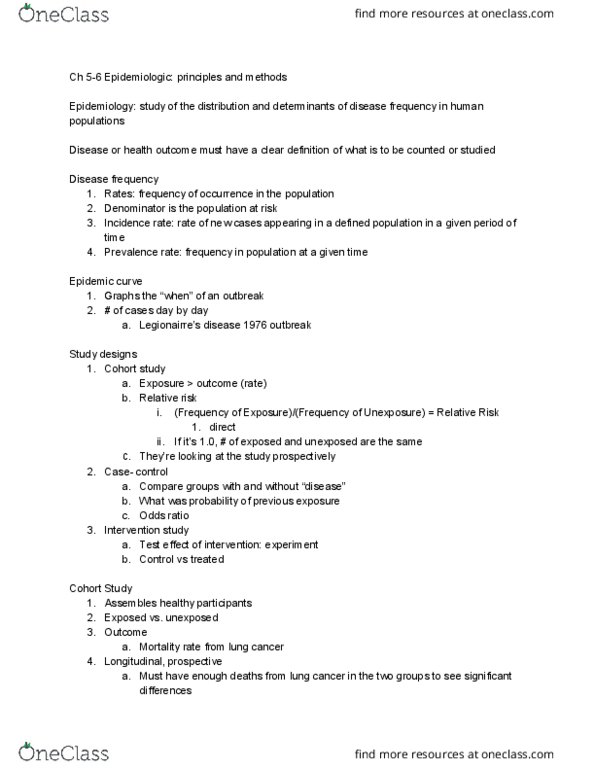



Phs 2101 Lecture Notes Summer 19 Lecture 4 Relative Risk Cohort Study Odds Ratio
Examples of measures of association include risk ratio (relative risk), rate ratio, odds ratio, and proportionate mortality ratio Risk ratio Definition of risk ratio A risk ratio (RR), also called relative risk, compares the risk of a health event (disease, injury, risk factor, or death) among one group with the risk among another group It does so by dividing the risk (incidenceOdds Ratio vs Relatives Risiko Das relative Risiko (RR) ist einfach die Wahrscheinlichkeit oder Beziehung zweier Ereignisse Nehmen wir an, A ist Ereignis 1 und B ist Ereignis 2 Man kann das RR erhalten, indem man B von A oder A / B dividiert Genau so kommen Experten auf populäre Zeilen wie "Gewöhnliche alkoholische Getränketrinker sind 24 mal mehr gefährdet, an LeberproblemenAcademic Question Hi, Been reading through a research paper that used a prospective cohort study, but in the results table for measures of association, the odds ratio was used instead of relative risk Is this study valid?




Odds Ratio Wikipedia




Relative Risk Or Odds Ratio For Cardiovascular Disease Incidence Download Scientific Diagram
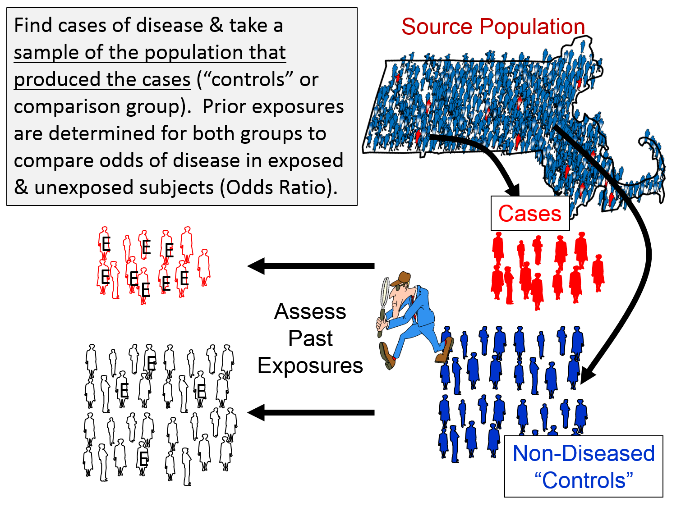



A Nested Case Control Study




Definition And Calculation Of Odds Ratio Relative Risk Stomp On Step1
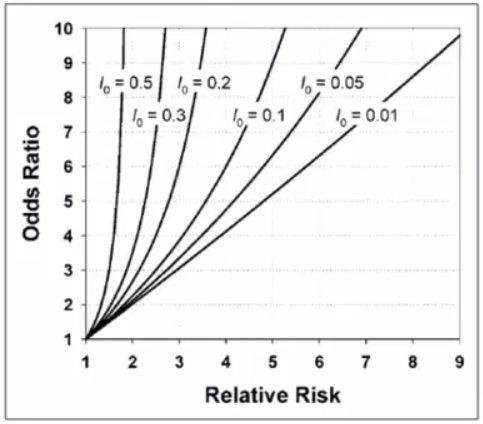



Cecile Janssens A Reminder That Odds Ratios Massively Overestimate Relative Risks When Outcome Is Common In The Population Or By Study Design E G Case Control Studies Io Is Proportion Of Cases




What Is The Difference Between The Risk Ratio Rr And The Odds Ratio Or Quora




Measures Of Association




When Can Odds Ratios Mislead The Bmj
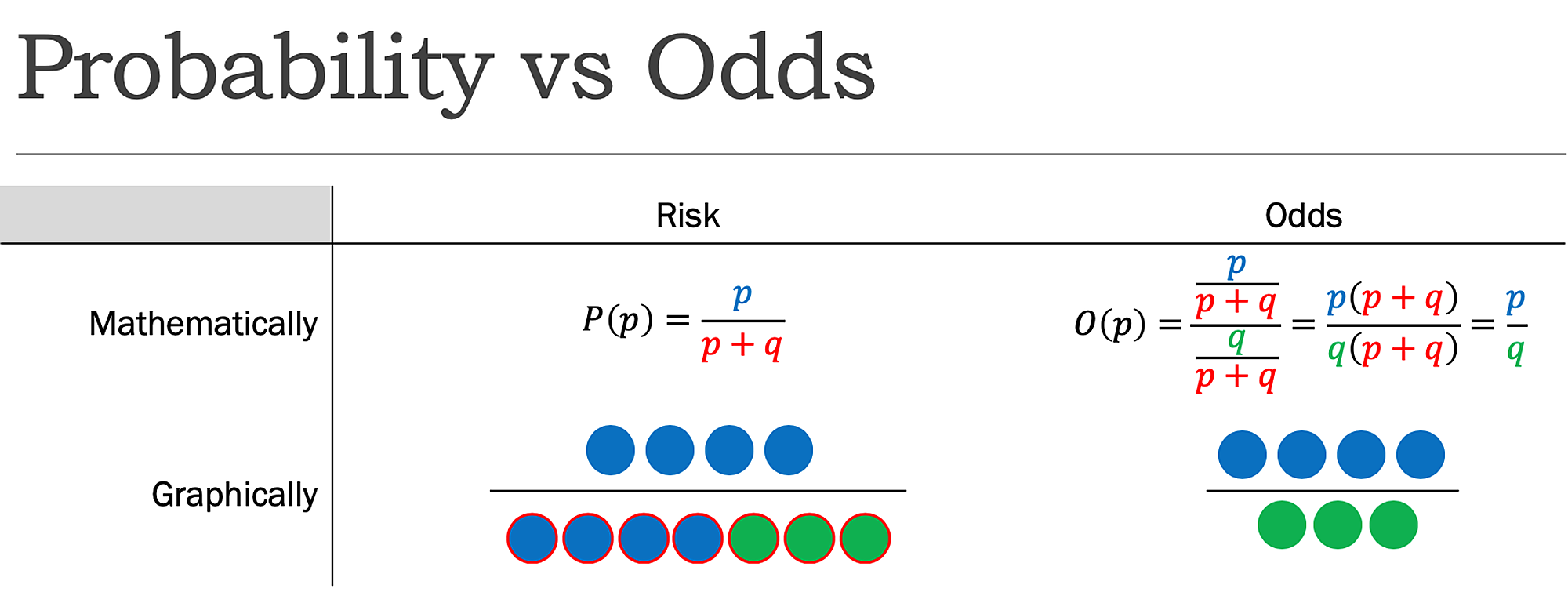



Cureus What S The Risk Differentiating Risk Ratios Odds Ratios And Hazard Ratios
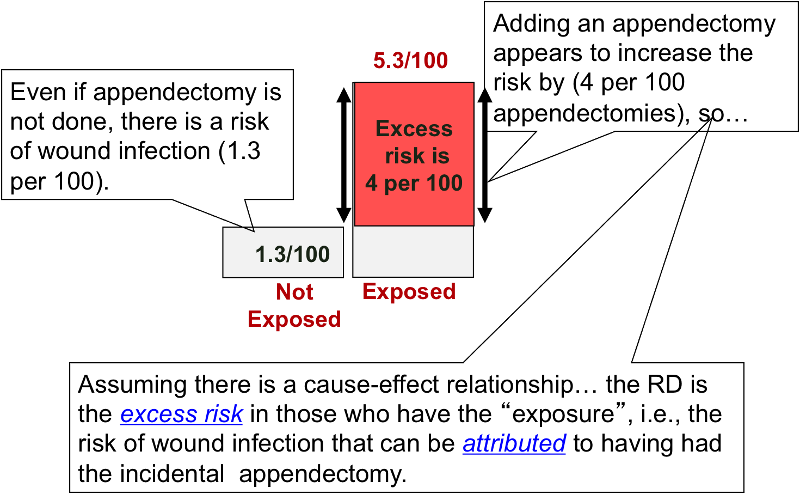



Risk Differences And Rate Differences
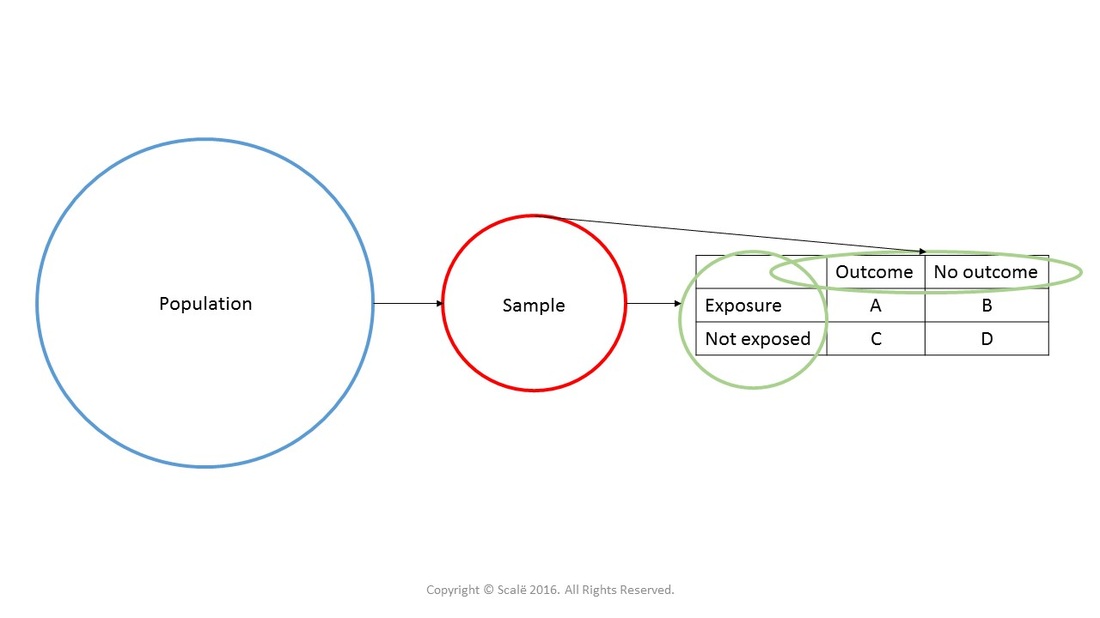



Calculate Relative Risk With 95 Confidence Intervals




A Prospective Cohort Study B Case Control Study C Chegg Com
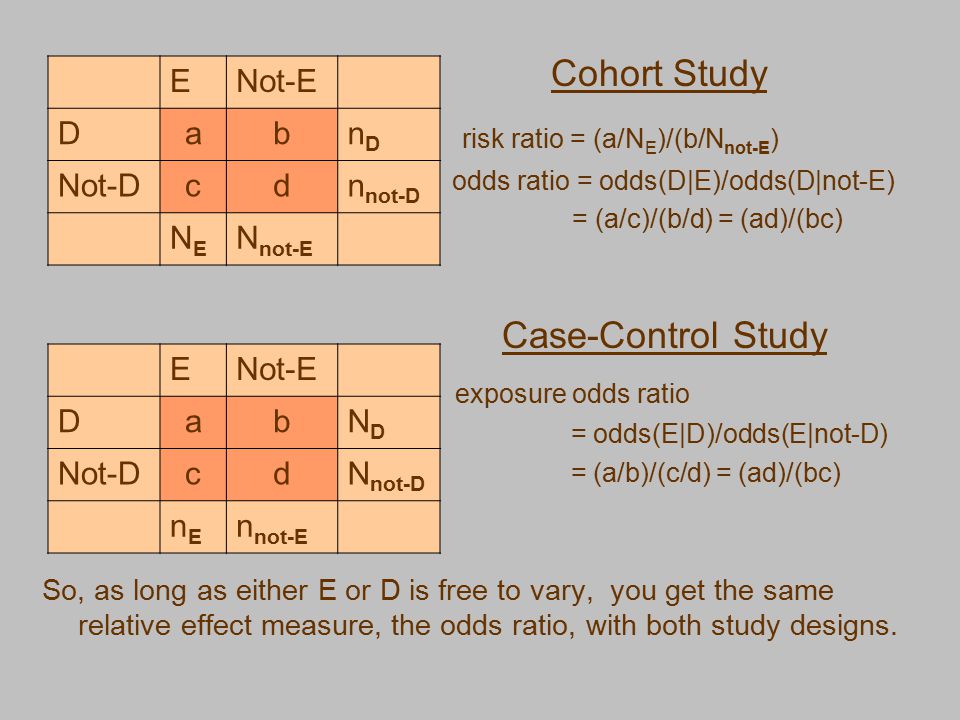



Case Control Studies Statistical Analysis Ppt Video Online Download




Measures Of Association Ppt Download
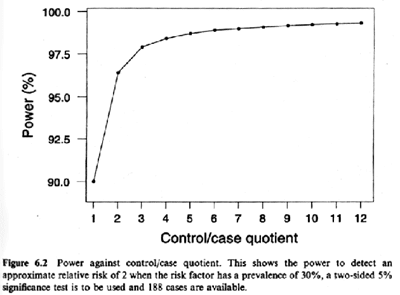



Lesson 9 Cohort Study Design Sample Size And Power Considerations For Epidemiologic Studies



Beaumont Cloud Cme Com Launchscorm Aspx Caseid 112 Userid 0 Video True




Measures Of Association Stats Medbullets Step 1



What Is The Difference Between The Risk Ratio Rr And The Odds Ratio Or Quora




Relative And Absolute Risk Osmosis



Relative Risk Ratios And Odds Ratios
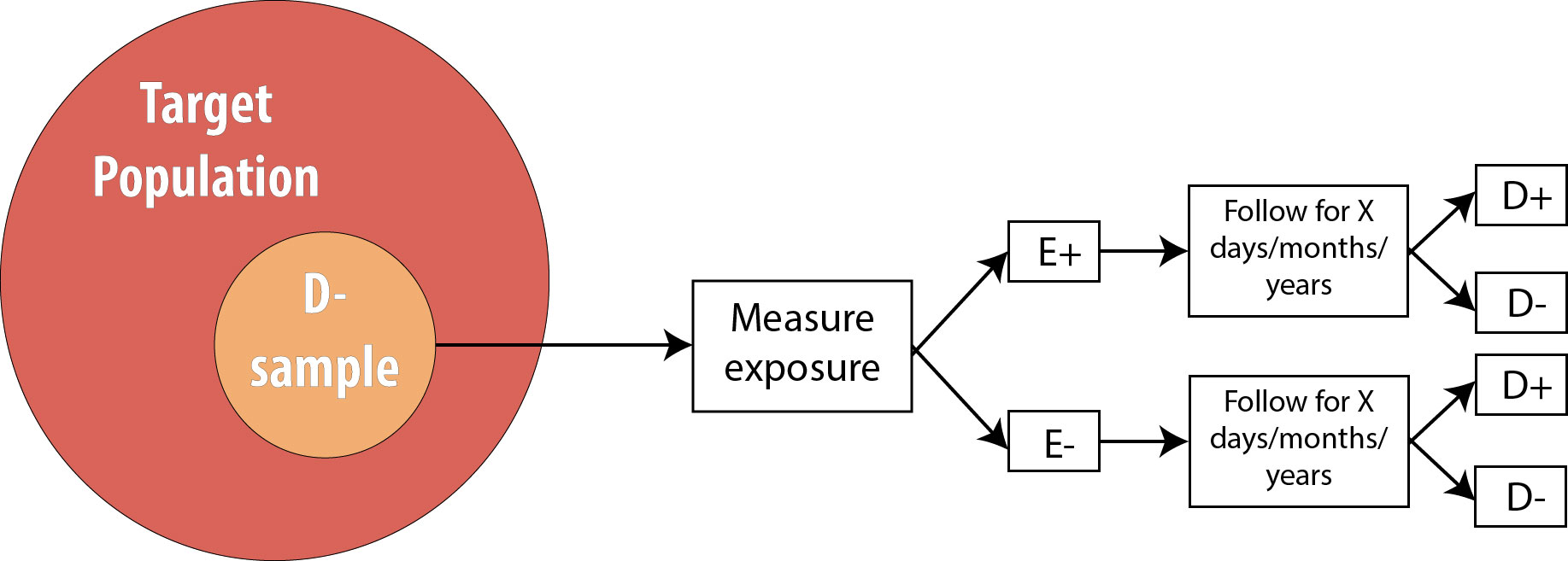



Introduction To 2 X 2 Tables Epidemiologic Study Design And Measures Of Association Foundations Of Epidemiology
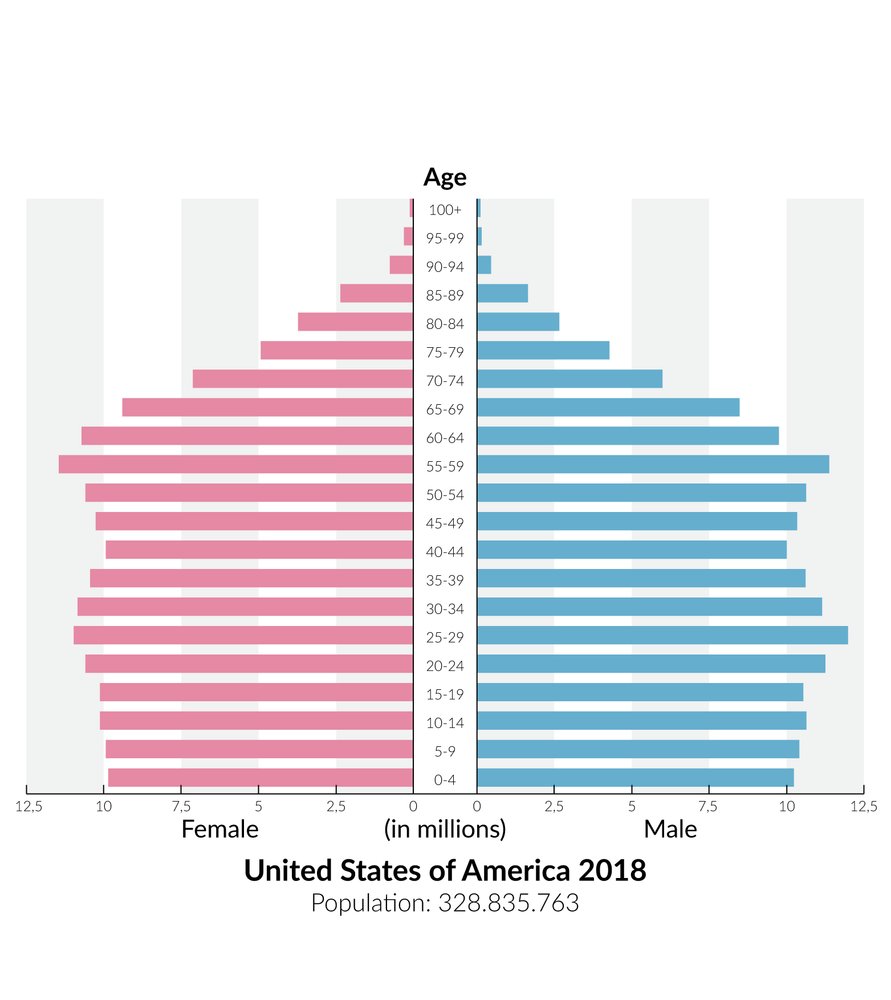



Epidemiology Knowledge Amboss
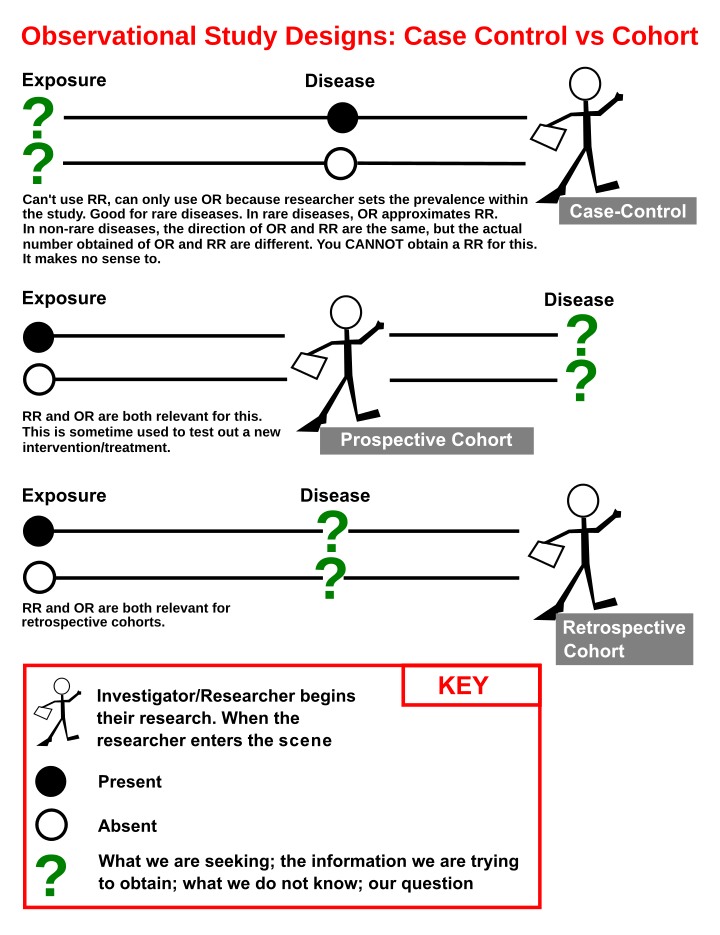



Retrospective Cohort Study Wikiwand
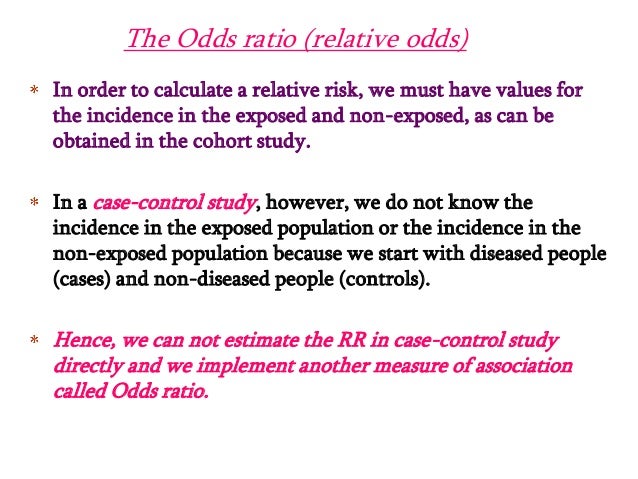



Estimating Risk




Odds Ratios And Risk Ratios Youtube




Society For Birth Defects Research And Prevention




What Does An Odds Ratio Or Relative Risk Mean




Relative Risk And Odds Ratio
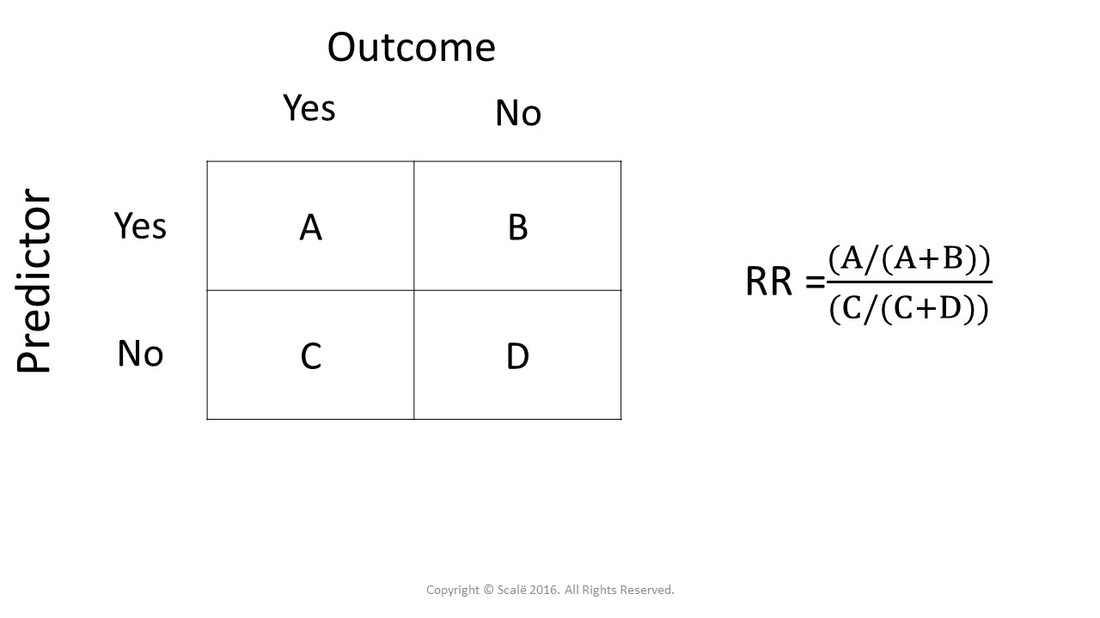



Calculate Relative Risk With 95 Confidence Intervals
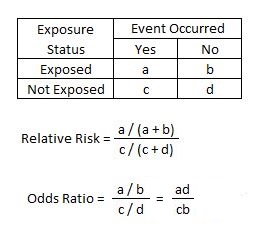



Relative Risk Article



Q Tbn And9gcr Ttka12jaocnx Gn3ox9ci1ggq18vcw9359i6hq2cschyusam Usqp Cau



9 10 11 12 13 14 15 16 17 18 19 21 22 23 24 25 26 27 28 29 30 Review Odds Ratios Are Calculated From Case Control Studies Which Are Described On Slide 14 Odds Ratios Are Only Estimates Of Relative Risks Since True Incidence Rates Cannot Be




Epidemiology Odds Ratio Or Bean Around The World




On Biostatistics And Clinical Trials Odds Ratio And Relative Risk



Research Statistics Basics Contents 1 Basic Concepts 2 References Basic Concepts Null Hypothesis The Hypothesis That The Independent Variable Has No Effect On The Dependent Variable For Example Steroids Do Not Improve Outcomes In Ards Would Be




A Beginner S Guide To Interpreting Odds Ratios Confidence Intervals And P Values Students 4 Best Evidence




Figure 2 From Secondhand Smoke Exposure And Risk Of Lung Cancer In Japan A Systematic Review And Meta Analysis Of Epidemiologic Studies Semantic Scholar




Measures Of Effect Relative Risks Odds Ratios Risk Difference And Number Needed To Treat Kidney International
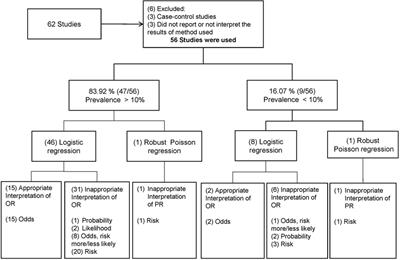



Frontiers Odds Ratio Or Prevalence Ratio An Overview Of Reported Statistical Methods And Appropriateness Of Interpretations In Cross Sectional Studies With Dichotomous Outcomes In Veterinary Medicine Veterinary Science
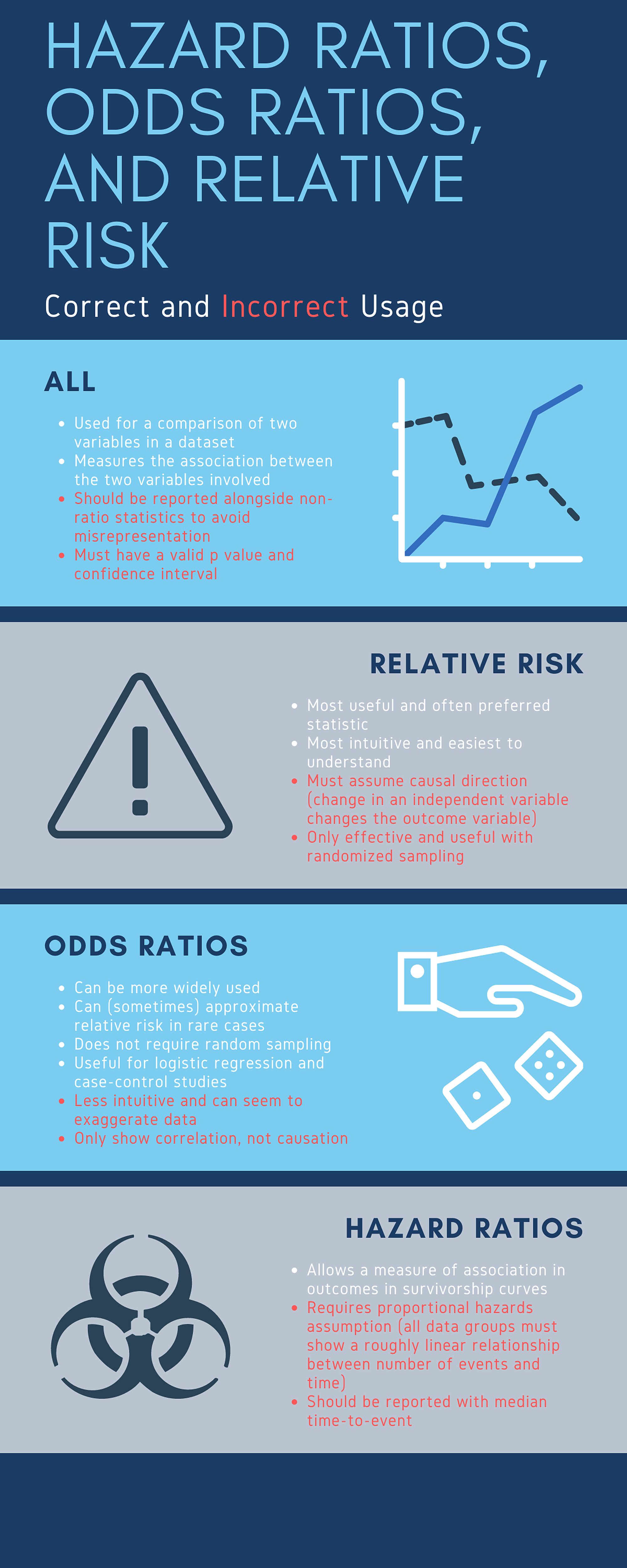



Cureus What S The Risk Differentiating Risk Ratios Odds Ratios And Hazard Ratios
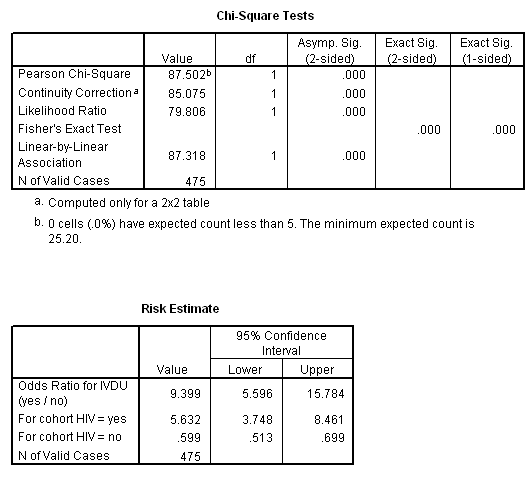



Marg Innovera
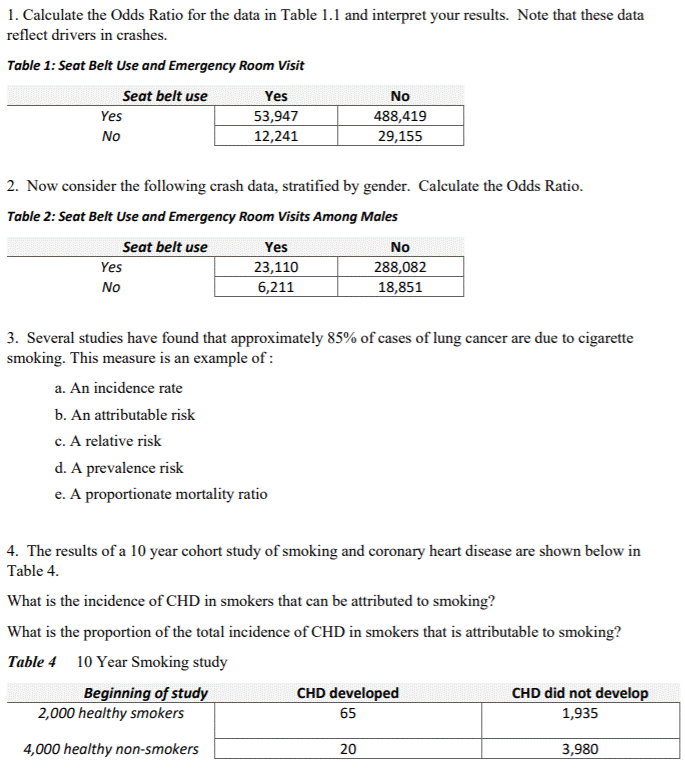



1 Calculate The Odds Ratio For The Data In Table 1 1 Chegg Com



Content



Definition And Calculation Of Odds Ratio Relative Risk Stomp On Step1




Gordis 12 Biostatistics Risk Relative Risk Odds Ratio Flashcards Quizlet




How To Interpret And Use A Relative Risk And An Odds Ratio Youtube



Case Control Study Vs Cohort Study Pp Made Easy On Vimeo



Population Perspective Made Easy On Vimeo
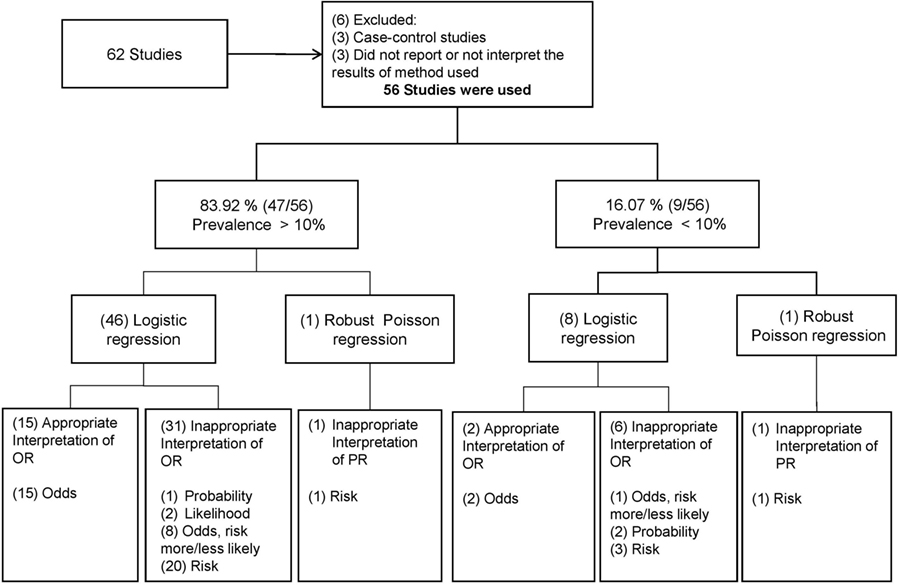



Frontiers Odds Ratio Or Prevalence Ratio An Overview Of Reported Statistical Methods And Appropriateness Of Interpretations In Cross Sectional Studies With Dichotomous Outcomes In Veterinary Medicine Veterinary Science



Q Tbn And9gcs7g3 Oy3gxo7fbk7uvklwexnnbqcmd7m5bqd Ghq64ww9hd4dh Usqp Cau




Statistics Part 13 Measuring Association Between Categorical Data Relative Risk Odds Ratio Attributable Risk Logistic Regression Data Lab Bangladesh




Abdullah Kharbosh What Does An Odds Ratio Or Relative Risk Mean By Ebmteacher Casecontrol Cohort T Co Shfiaepl57 عبر Slideshare
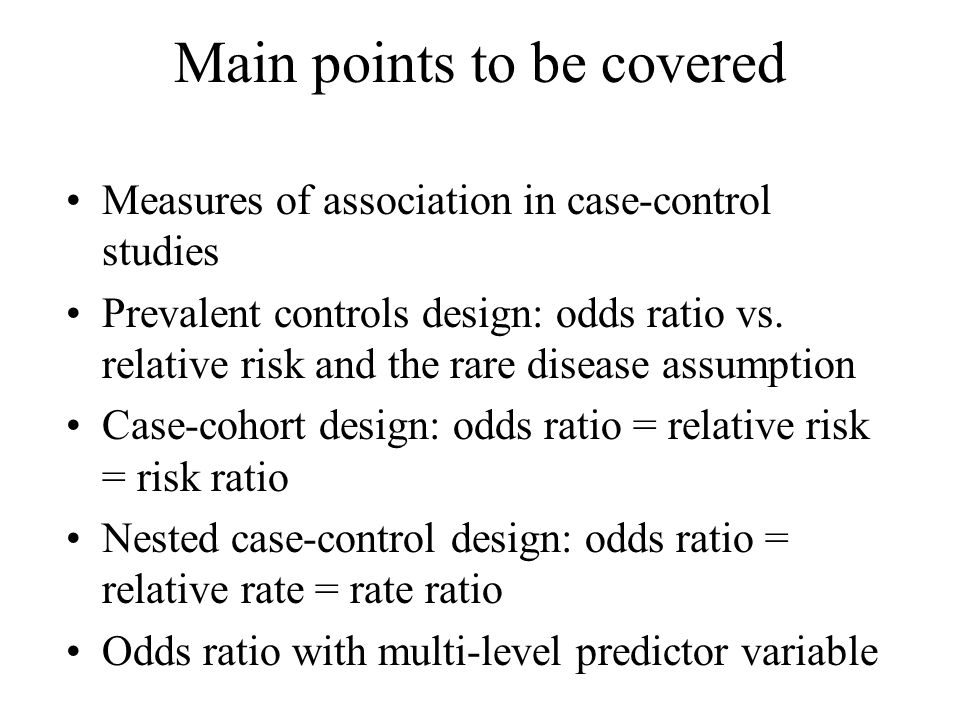



Main Points To Be Covered Measures Of Association In Case Control Studies Prevalent Controls Design Odds Ratio Vs Relative Risk And The Rare Disease Ppt Download




Research Techniques Made Simple Interpreting Measures Of Association In Clinical Research Sciencedirect




Lecture 08 Strategies For Data Analysis Cohort And Case Control Studies Pdf Relative Risk Cohort Study




Learning And Applying Biostatistics How The Guinness Brewery




Module 4 Relative Risk Odds Ratio Flashcards Quizlet




Descriptive Epidemiology Dr Kanupriya Chaturvedi How We View




1 Relative Risks Odds Ratios Or Hazard Ratios Of Risk Factors For Download Table



Http Osctr Ouhsc Edu Sites Default Files 02 Module7partinotes Pdf



Risk Ratio Vs Odds Ratio Hunter 19 Notes And Things
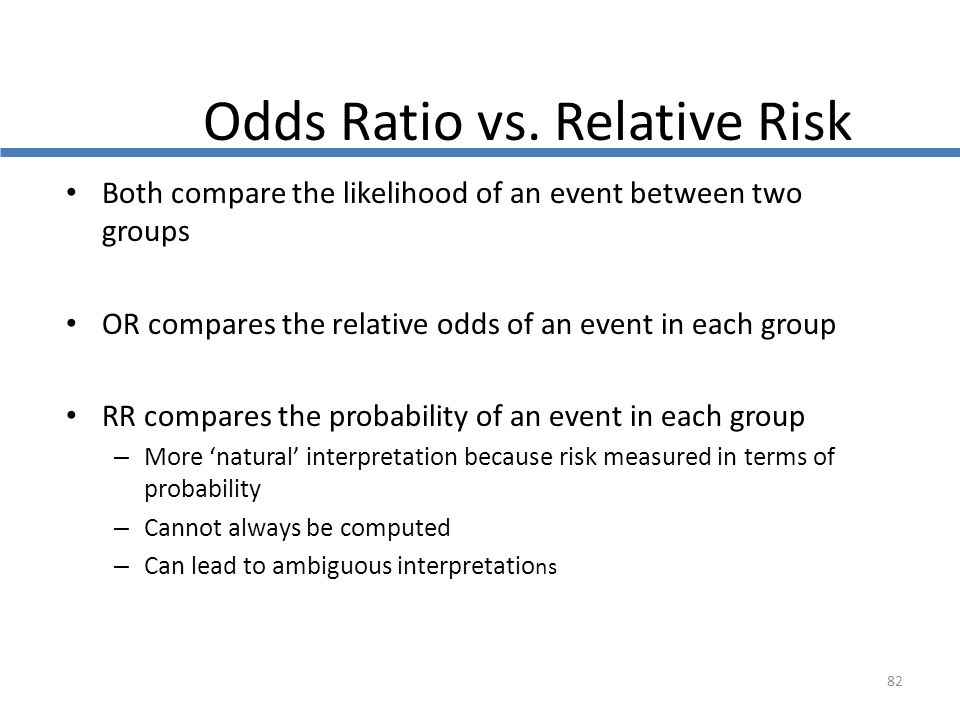



Cph Exam Review Epidemiology Ppt Download
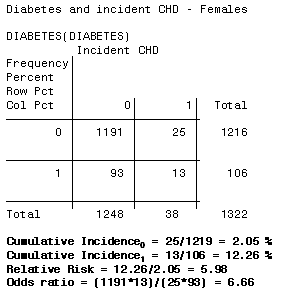



3 5 Bias Confounding And Effect Modification Stat 507




The Difference Between Relative Risk And Odds Ratios The Analysis Factor




Statistics For Afp Dr Mohammad A Fallaha Afp




Calculation Of Relative Risks Rr And Odd Ratios Or Download Table
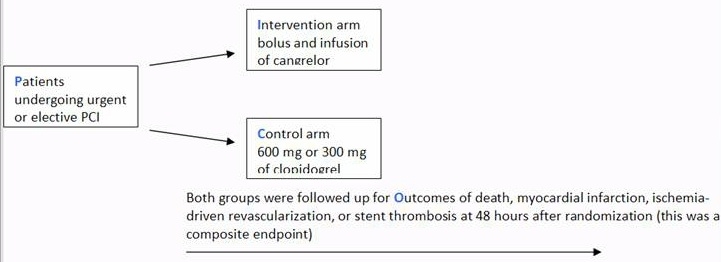



A Beginner S Guide To Interpreting Odds Ratios Confidence Intervals And P Values Students 4 Best Evidence




Relative Risk Wikipedia




Relative Risk And Odds Ratio Usmle The Journey




How To Use Spss For Contingency Table Relative Risk Odds Ratio




Relative Risk Odds Ratios Youtube



Openepi 2 X 2 Table Statistics
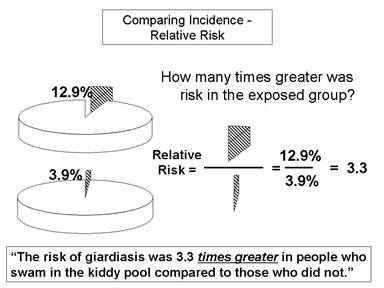



Relative Risk And Absolute Risk Definition And Examples Statistics How To



Cran R Project Org Web Packages Orsk Vignettes Orsk Demo Pdf




Reporting The Results Sage Research Methods




Pdf When To Use The Odds Ratio Or The Relative Risk




Converting An Odds Ratio To A Range Of Plausible Relative Risks For Better Communication Of Research Findings The Bmj



Silo Tips Download Transcript Measuring Risk In Epidemiology B D A C Measuring Risk In Epidemiology



0 件のコメント:
コメントを投稿